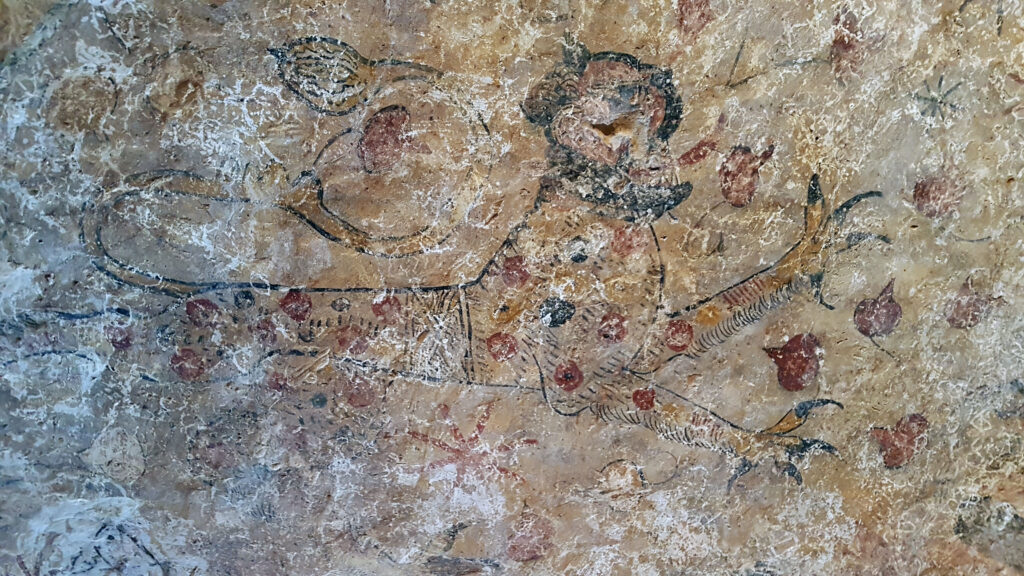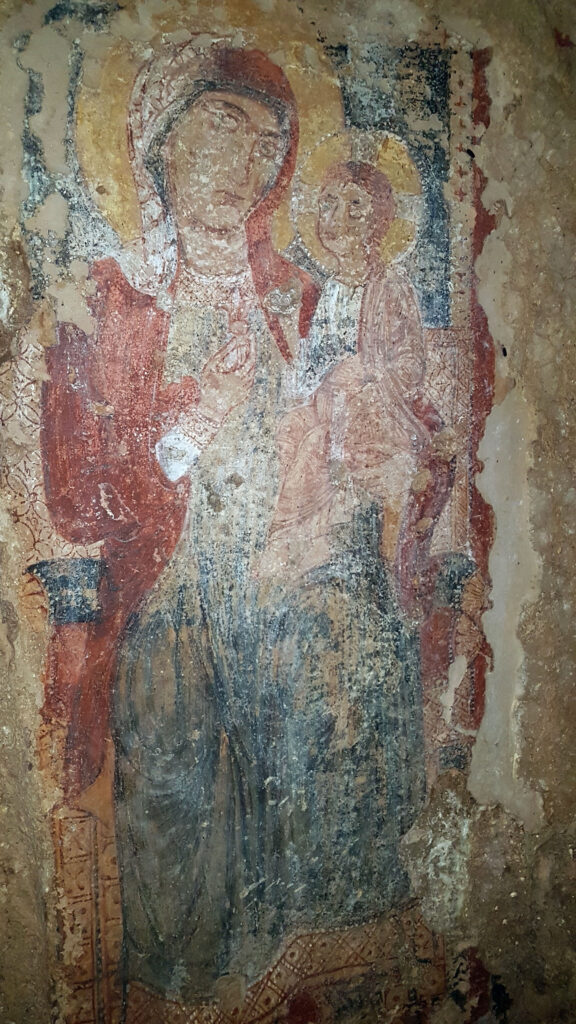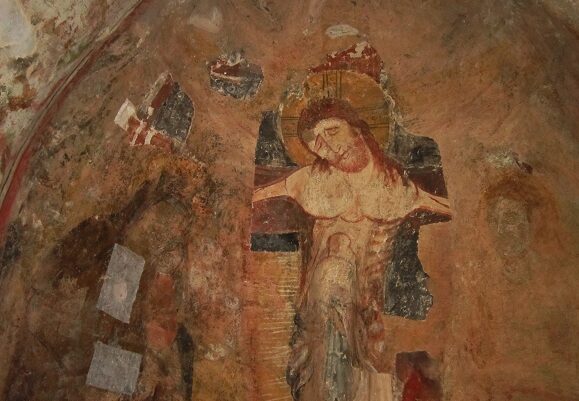Cart
5
Quantity
16,00 €
Quantity
12,00 €
Quantity
4,00 €
Quantity
6,00 €
Quantity
5,00 €
Product You May Also Like
Payment details
Sub Total
43,00 €
Shipping
Free!
Total
43,00 €
Apply

 Sciana
Sciana
 Olio d'Oliva E.V. 250 cl
Olio d'Oliva E.V. 250 cl
 Taralli all'Uvetta e Cipolla
Taralli all'Uvetta e Cipolla
 Olio d'Oliva E.V. 100 cl
Olio d'Oliva E.V. 100 cl
 Orecchiette Pasta
Orecchiette Pasta























Leave a comment